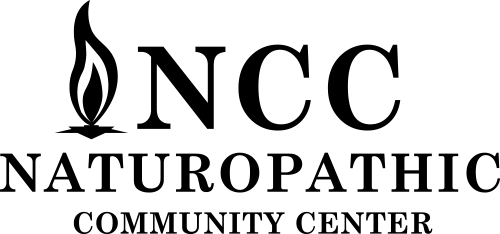On each cell in the body, there are numerous receptors. A receptor is a molecule found on the surface of a cell that receives chemical signals from outside the cell. When external substances bind to a receptor, they direct the cell to do something, such as allow specific substances to enter or exit the cell. These substances can be neurotransmitters, hormones, pharmaceutical drugs, or toxins
Numerous receptor types are found on a typical cell. Each type is linked to a specific biochemical pathway, and binds only to certain shapes, similarly to how locks require specifically shaped keys to open.
Some foods (like wheat), toxins, and other chemicals (like estrogen in plastics) mimic natural substances in the body and “gum up” the receptor sites; meaning, they get to the site before the natural substance does, and then, the cell cannot use it to do what it needs to do. And, now, the natural substances cannot get to the cell, because the toxin is blocking that receptor site. Learn how to clean off your receptor sites below.



